Reflecting on My Childhood in Taormina, the Setting of The White Lotus
As travelers approach Taormina, driving along the scenic coast of Sicily from Catania, many experience a moment of disbelief as they take in the stunning views of this hilltop town. For me, however, witnessing this picturesque locale amidst the backdrop of Mount Etna feels like a return to my roots.
Known as one of Italy’s premier travel destinations, Taormina gained increased recognition following the filming of season two of The White Lotus amidst its lush Mediterranean landscapes, including the renowned Villa Sant’Andrea, a hotel positioned near Isola Bella, a prominent feature in the series. However, the history of this beloved hotel stretches far back, intertwined with my family’s legacy.
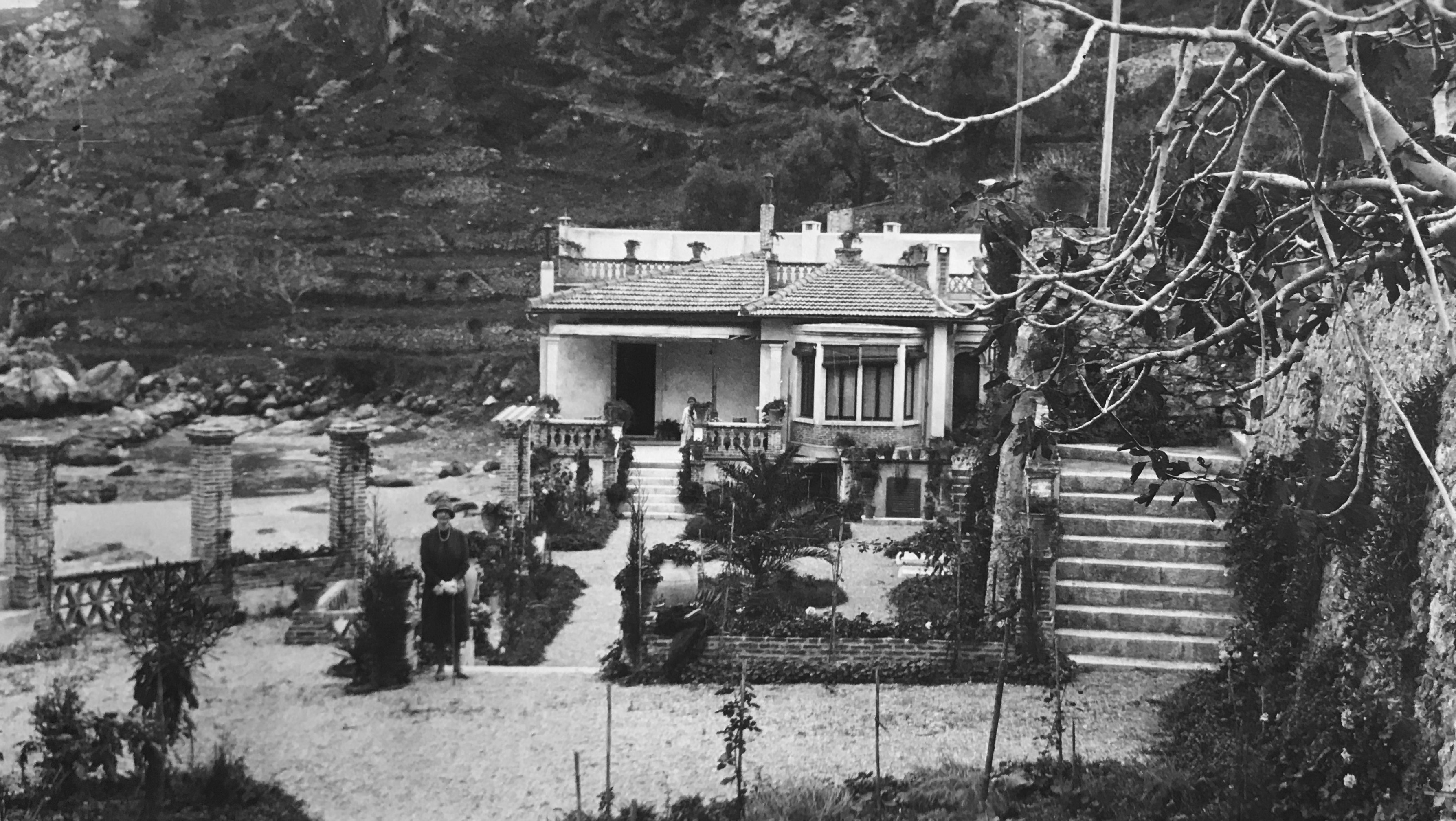
This tale begins with my great-great-grandfather Robert Trewhella, an engineer who worked alongside the famous Isambard Kingdom Brunel. In the 1850s, he was recruited from Cornwall to aid in modernizing Sicily’s infrastructure. He settled in Sicily, contributing to the construction of essential roads, bridges, and railways, including the Circumetnea, a narrow-gauge railway that encircles Mount Etna.
Following Robert, his son Percy moved to Sicily with his wife Gertrude and their two daughters, Gwendoline and Vivien, after studying in Britain. Initially, they resided in an impressive palazzo on Via Regina Margherita in Catania, but were drawn to the captivating shores of Taormina. In 1908, Percy discovered a charming seaside location with a small fisherman’s hut on the shores of Mazzaro Bay, leading them to create a dream retreat. Over several years, they erected a house and developed terraces of lush English-style gardens, which eventually transformed into the Villa Sant’Andrea.
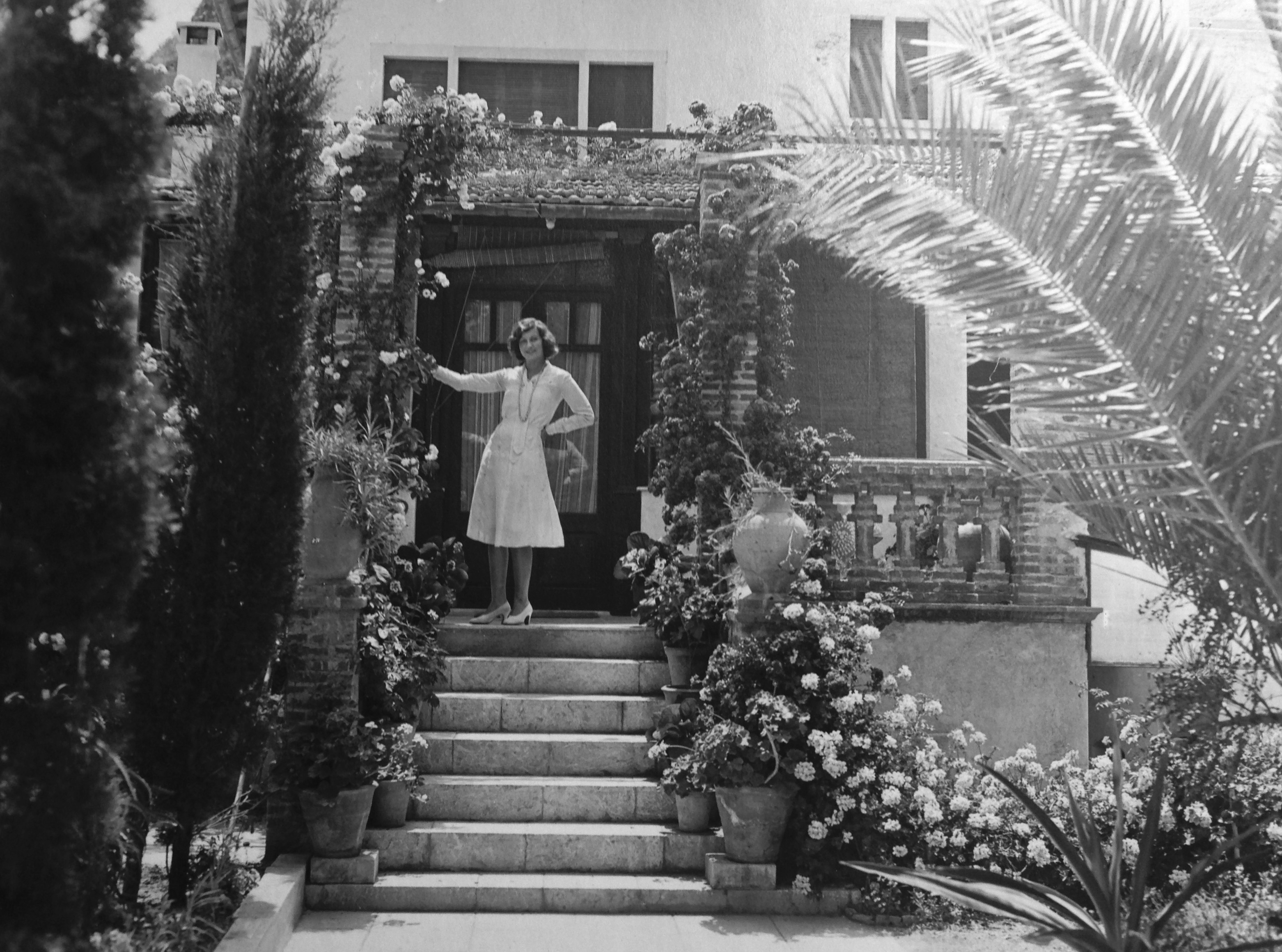

Gwendoline, my grandmother, spent her early years in this serene retreat. She married Ivor Manley, and their wedding took place in the historical San Domenico chapel in Taormina, which now forms part of the luxurious Four Seasons Hotel, a significant backdrop for The White Lotus. Following her marriage, Gwendoline moved to Herefordshire, yet the Villa Sant’Andrea remained central to our family’s life in Sicily.
During the turbulent 1940s, the villa was repurposed into a mess for German officers amid the Second World War. Fortunately, much of the family’s valuables were hidden by the gardener in the nearby hills. One notable exception included a set of curtains from the library, which were sent to Hermann Goering — reportedly to be used in fashioning a toga. In a twist of fate, Major Ivor Manley, my grandfather, was among the first British officers to enter Taormina post the Allied invasion in 1943, where he promptly reclaimed the villa from occupying forces.
After the war, Percy and Gertrude turned their summer retreat into a hotel, opening its doors in 1950. What began as a modest venture quickly attracted the elite from Italy and England, expanding over the years to accommodate many prestigious guests. Tragically, in 1959, Percy and Gertrude were both killed in a tragic accident outside the villa’s gates when they were startled by a speeding vehicle. Their legacy endures in the lush gardens of the hotel, marked by a plaque honoring their lives.

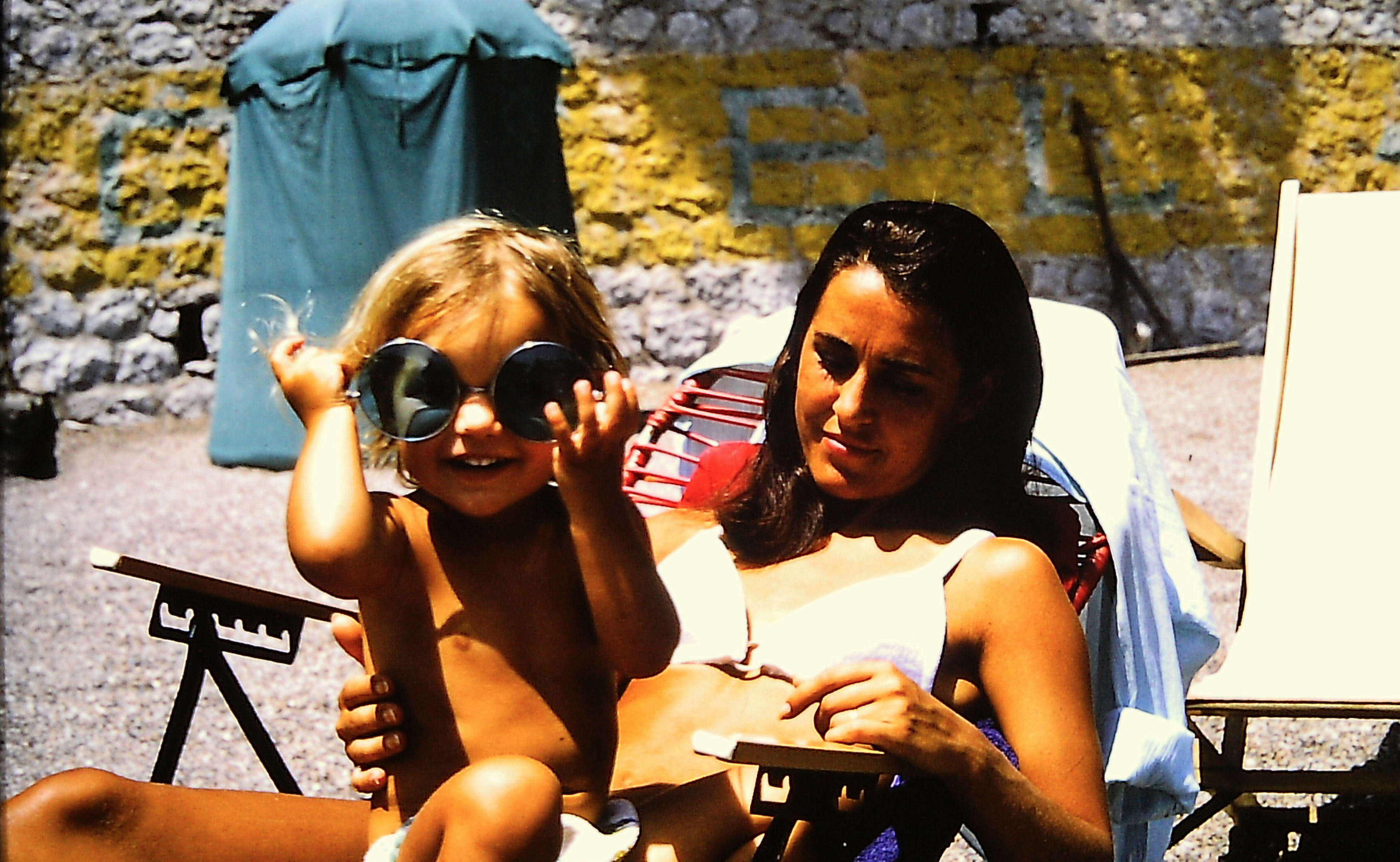
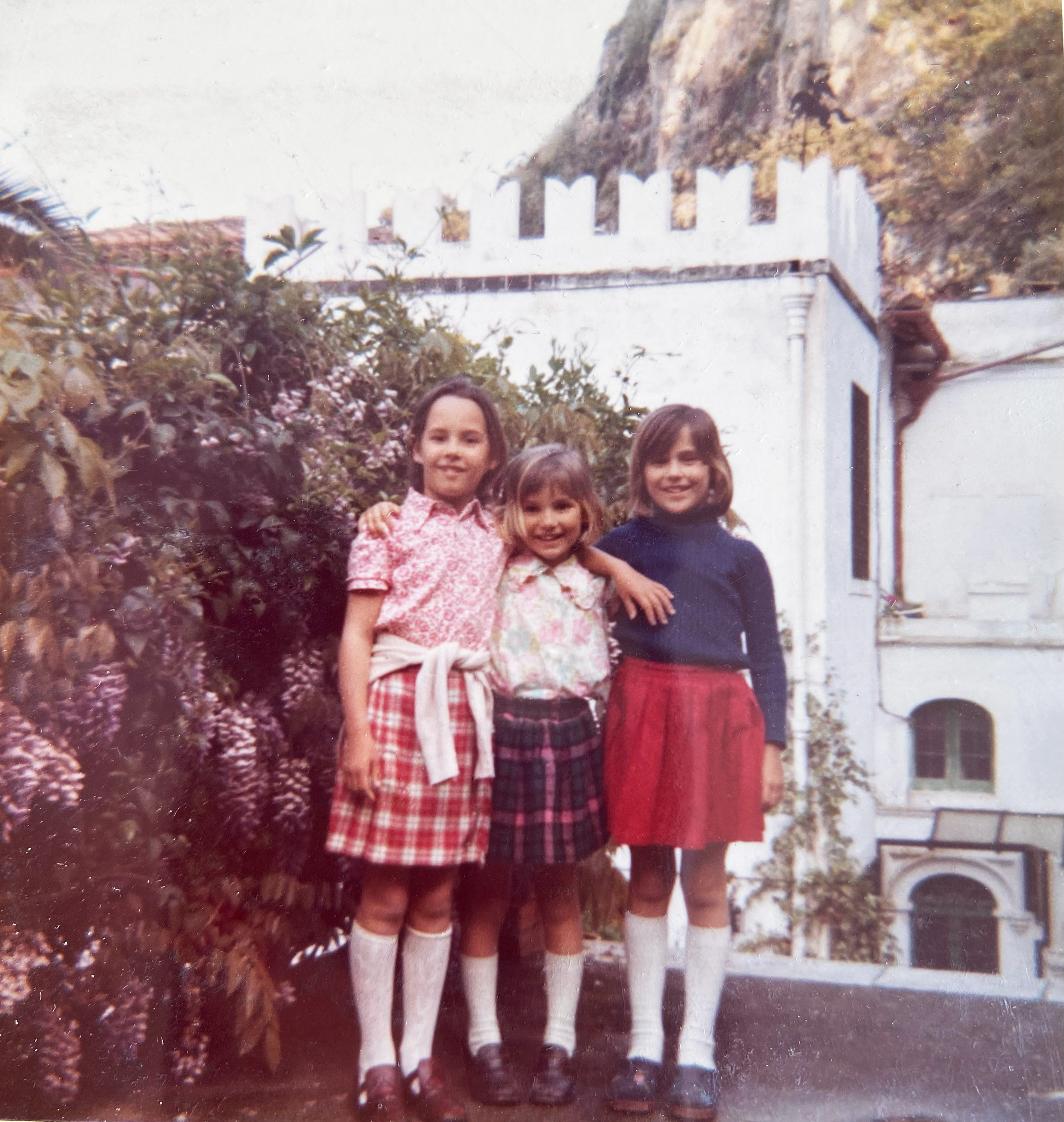
In 1965, my parents, Dickie and Jane Manley, assumed management of the hotel, dedicating themselves to enhancing and expanding the property to attract a host of international visitors, including icons like Richard Burton and Elizabeth Taylor, Rudolph Nureyev, Graham Hill, and Peter O’Toole. When Francis Ford Coppola came to film The Godfather, he and Al Pacino made the Villa Sant’Andrea their main base while filming, consulting my father about various locations featured in the movie. Coppola later returned to film The Godfather Part II, bringing Robert De Niro along.
Growing up in the 70s and 80s, the Villa Sant’Andrea was my playground, home, and classroom. My siblings and I relished summers on Mazzaro Beach, engaging in swimming, rock diving, windsurfing, and waterskiing. The hotel’s restaurant doubled as our family dining room, and during winters, the hotel would close to guests, reverting to a sunlit home by the sea.
In the late 1980s, after five generations, my family’s connection with Sicily ended as we sold the Villa Sant’Andrea, parting with a location that had been integral to our lives.

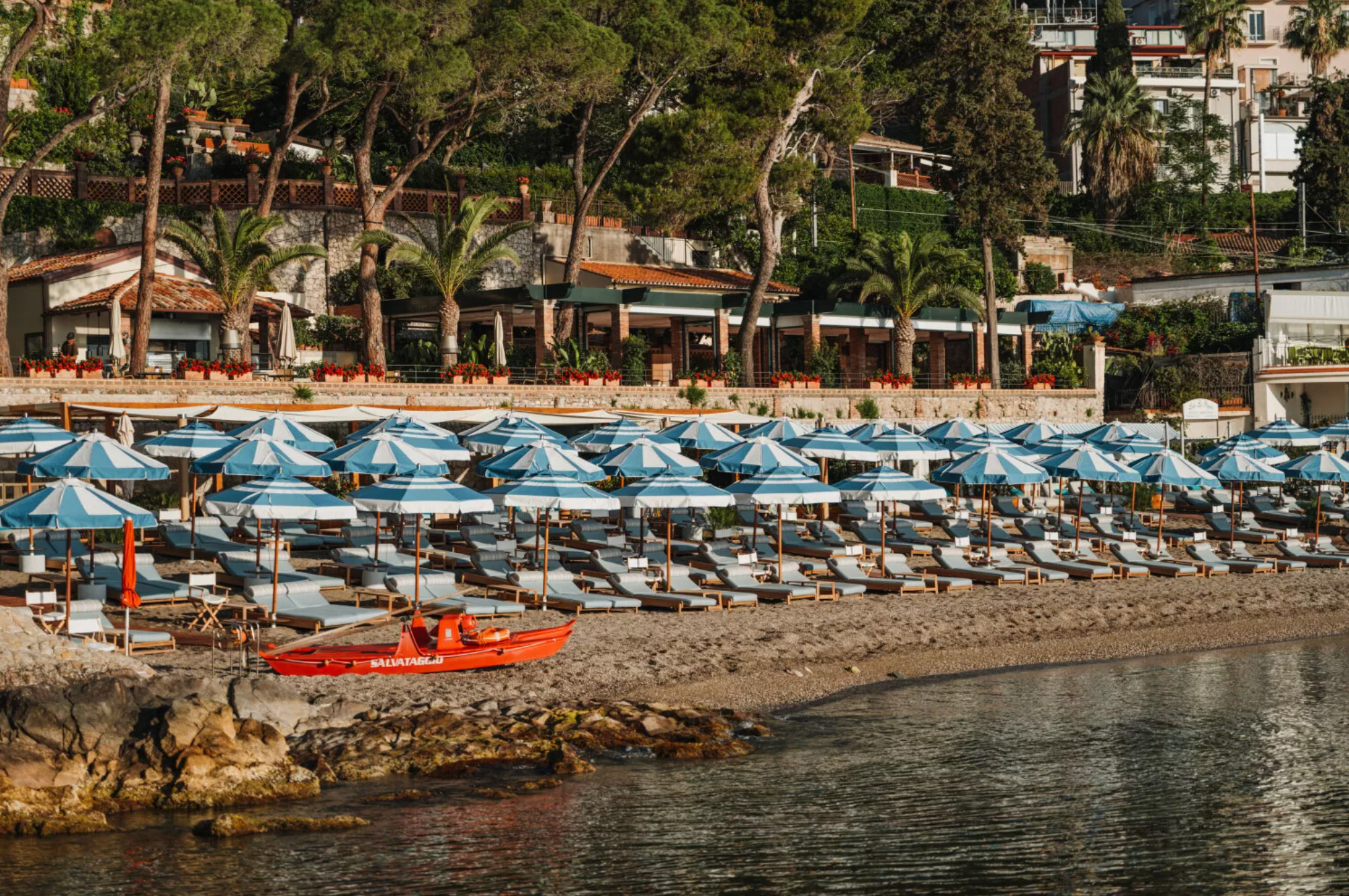
Today, the Belmond Villa Sant’Andrea continues to welcome visitors from around the world, albeit in a more luxurious fashion. The private beach that served as our childhood playground is now adorned with elegant loungers and inviting cabanas, and there’s a vibrant beach club known as Lido Villeggiatura. The wisteria-lined terrace we once played on now offers stylish seating arrangements that entice guests to unwind and revel in the stunning views of the bay. The culinary tradition of excellence continues, led by executive chef Agostino d’Angelo, who creates exquisite dishes, including handcrafted chocolate eggs during Easter time.


While the hotel has expanded from the original 38 bedrooms created by my parents to 66, the charm and elegance remain, echoing the Sicilian opulence and soft pastel colors my family instilled. Several original antiques, including writing desks and glass-fronted bookcases filled with familiar books, still adorn the common areas. To honor the family, last year the hotel unveiled Gwendoline’s Bar, a sophisticated cocktail lounge named in memory of my grandmother.
For many, Taormina is a getaway. Yet for me, it’s home — a treasure trove of family memories and cherished experiences. Every time I catch a glimpse of it from the winding road ascending from Catania, I feel a profound connection, as if a part of me is forever tied to this enchanting place.




Post Comment